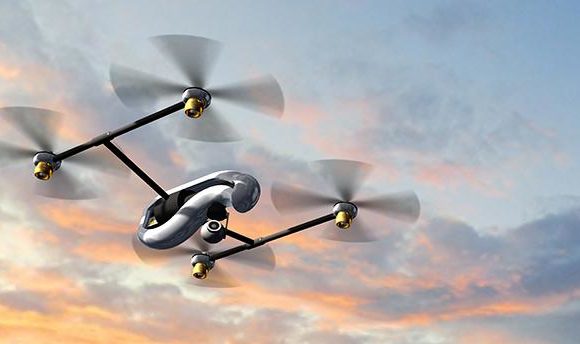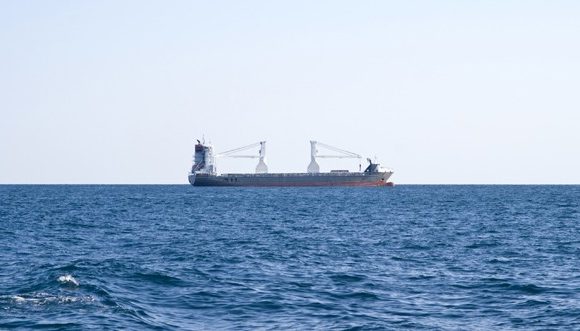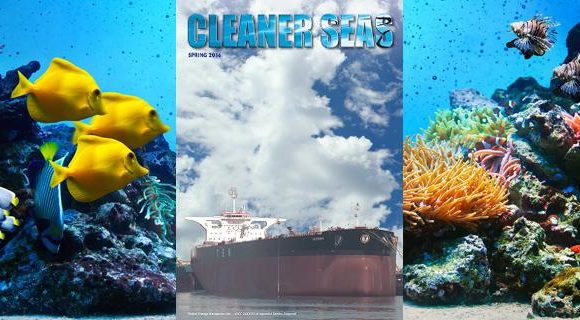The benefits and challenges of implementing sustainable fishing practices to protect marine ecosystems
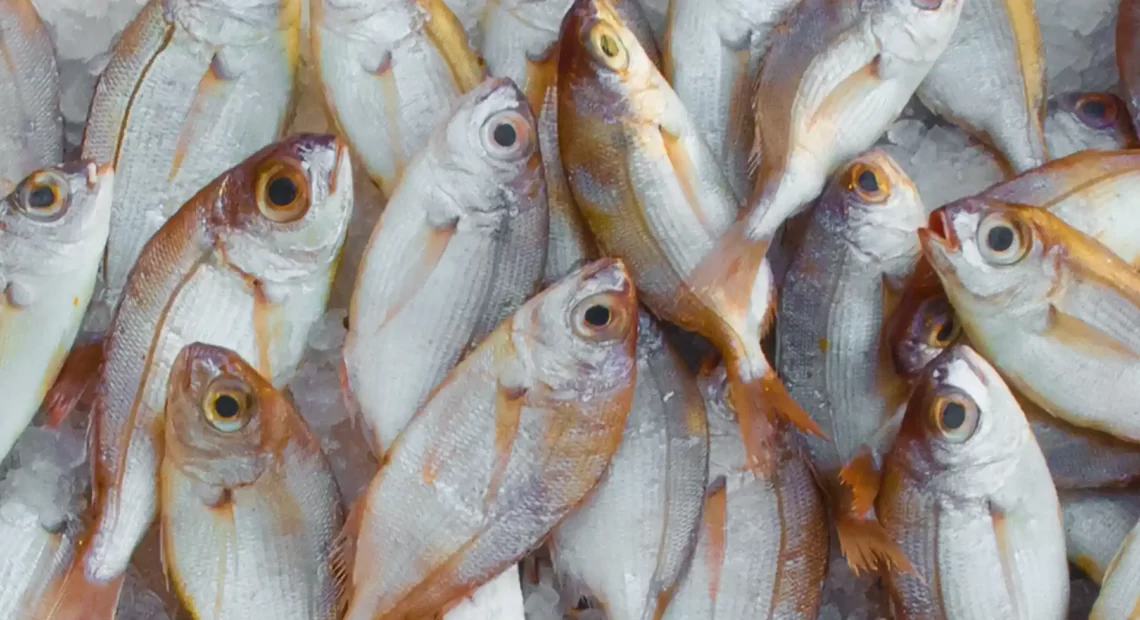
Sustainable fishing… Have you ever thought about how much the seafood you consume affects the marine ecosystems around the world? It’s a topic that’s been on the rise in recent years, and for good reason. The fishing industry is a major player in the global economy but is also a significant contributor to environmental damage. That’s why sustainable fishing practices have become a hot topic in the world of marine conservation. In this blog post, we’ll explore the benefits and challenges of implementing sustainable fishing practices to protect marine ecosystems.
What is sustainable fishing?
Before we dive into the benefits and challenges of sustainable fishing practices, let’s first define what it means. Sustainable fishing is a fishing method that’s designed to maintain the balance of the marine ecosystem, preserve fish populations, and protect the environment. It’s a method that aims to catch fish without harming the ecosystem in which they live. This type of fishing considers the long-term effects of fishing on the environment and fish populations.
Benefits of sustainable fishing
Sustainable fishing practices have numerous benefits, both for the environment and the fishing industry. Let’s take a look at some of them.
1. Preserves fish populations.
One of the most significant benefits of sustainable fishing practices is that they help preserve fish populations. By using sustainable methods, fishermen can catch fish without depleting the population. This is because sustainable fishing methods are designed to avoid overfishing, which is a major problem in many areas around the world.
2. Maintains the balance of the marine ecosystem
Another benefit of sustainable fishing is that it helps maintain the balance of the marine ecosystem. When fish populations are left unchecked, it can lead to an imbalance in the ecosystem. This can have a ripple effect on the entire ecosystem, causing problems for other marine life and even the environment as a whole. Sustainable fishing practices help prevent this by ensuring that the fish population is not depleted.
3. Protects the environment
Sustainable fishing practices are also designed to protect the environment. By avoiding harmful fishing practices, such as bottom trawling, fishermen can prevent damage to the seafloor and other marine habitats. This helps protect the environment for future generations.
4. Boosts the fishing industry
Implementing sustainable fishing practices can also boost the fishing industry. By preserving fish populations, fishermen can continue to catch fish for years to come. This helps ensure the long-term sustainability of the fishing industry.
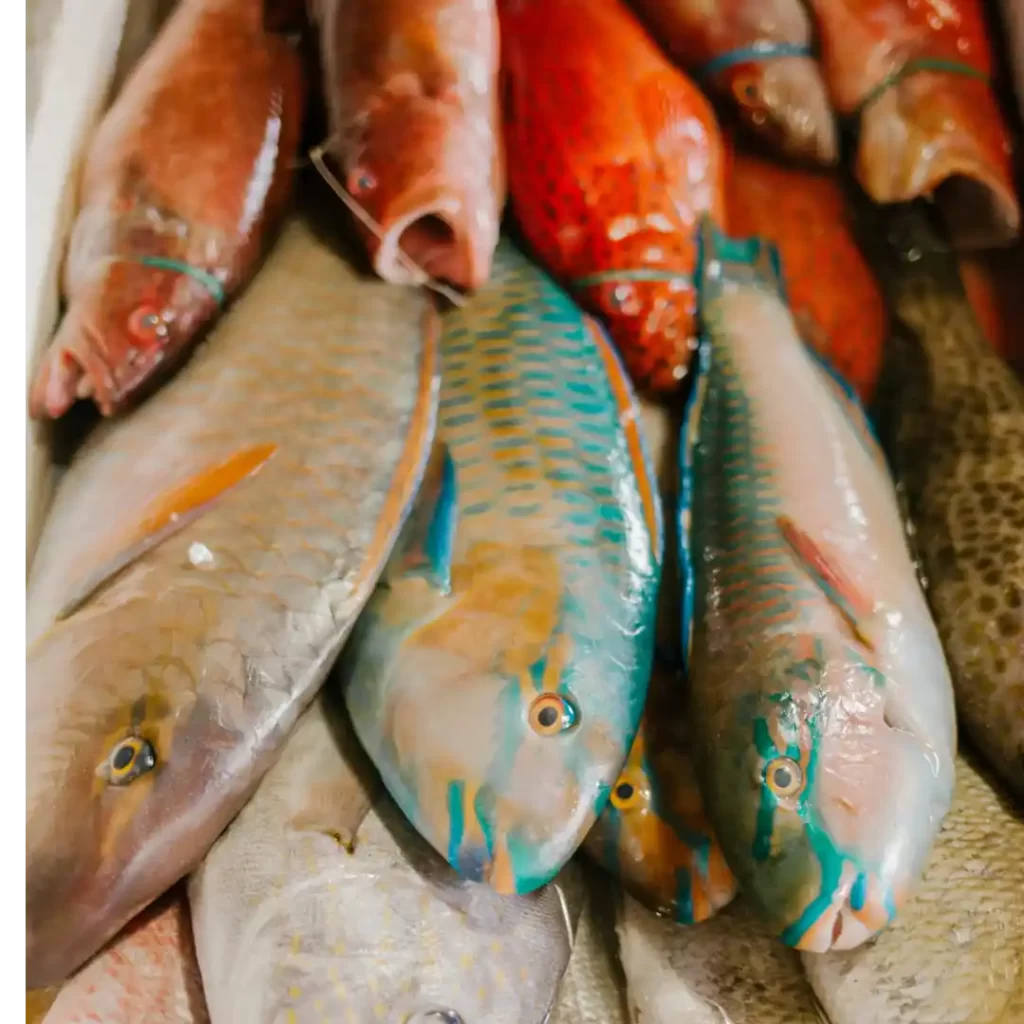
Challenges of sustainable fishing
While sustainable fishing practices have numerous benefits, implementing them has some challenges. Let’s look at some of the challenges.
1. Resistance to change
One of the biggest challenges to implementing sustainable fishing practices is resistance to change. Many fishermen are resistant to change because they’re used to fishing in a certain way. This can make it difficult to get them to adopt new methods, even if those methods are better for the environment.
2. Cost
Another challenge to implementing sustainable fishing practices is cost. Sustainable fishing methods can be more expensive than traditional fishing methods, which can make it difficult for some fishermen to adopt them. This is especially true for small-scale fishermen who may not have the resources to make the switch.
3. Lack of knowledge
A lack of knowledge about sustainable fishing practices is also a challenge. Many fishermen may not be aware of sustainable fishing methods or how to implement them. This can make it difficult to get them to adopt these methods.
4. Illegal fishing
Illegal fishing is another challenge to sustainable fishing practices. Illegal fishing practices, such as overfishing or using harmful fishing methods, can undermine efforts to implement sustainable fishing practices. This is because illegal fishing can deplete fish populations and damage the environment.
Conclusion
Sustainable fishing practices have numerous benefits, both for the environment and the fishing industry. By preserving fish populations, maintaining the balance of the marine ecosystem, protecting the environment, and boosting the fishing industry, sustainable fishing practices offer a viable solution to the problems facing the fishing industry today. However, implementing sustainable fishing practices also comes with its own set of challenges, including resistance to change, cost, lack of knowledge, and illegal fishing.
To overcome these challenges, it’s essential to raise awareness about sustainable fishing practices and educate fishermen about their benefits. Governments and organisations can also provide financial incentives to encourage fishermen to adopt sustainable fishing practices. Additionally, stricter enforcement of fishing regulations and penalties for illegal fishing can help ensure the success of sustainable fishing practices.
Resources
Responsible Recycling Of Ships
Top 8 Sustainable Fishing Practices: Small Business Sustainability Guide

